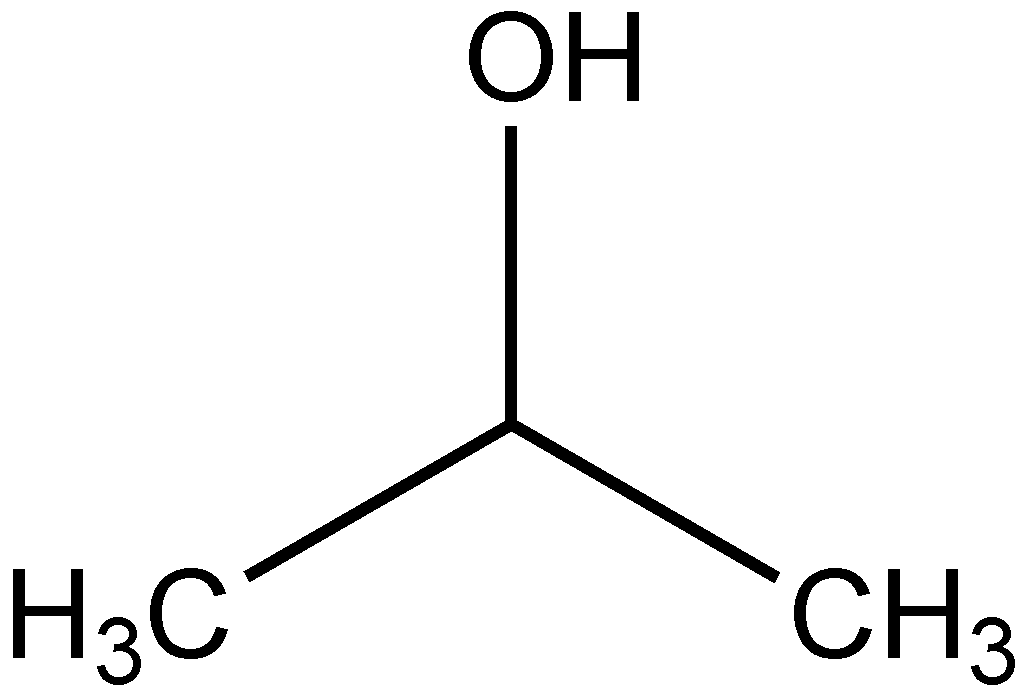Vapour Pressure
Introduction
Objective 1 – photos and descriptions of the equipment we used and how we used it.



Equipment:
Schlenk tube:
How to use a schlenk tube:
Pressure sensors:
Description: Pressure sensors measure pressure, as the name already says. In general, of gases and liquids. They act as a transducer, they also generate a signal as a function of the pressure already imposed. (The signal is electrical).
Among other names, pressure sensors are called: pressure transducers, pressure transmitters, pressure senders, pressure indicators and piezometers, manometers.
Vacuum line:
Description:
Dual manifold with some ports.One manifold is connected to a source of inert gas (purified), and the other one is connected to a high-vacuum pump.
They are often used for manipulating air sensitive compounds. And the high-vacuum is also used to remove the last traces of a solvent from a sample.
Objective 2. Properties of 2-Propanol




References:
- YouTube. (2014). Vapor pressure vs temperature. [online] Retrieved from: http://www.youtube.com/watch?v=HeH4uIcroqg
- YouTube. (2014). Schlenk a. [online] Retrieved from: http://www.youtube.com/watch?v=KW9EITxozzg
Objective 2. Properties of 2-Propanol
Isopropyl alcohol is a chemical compound with the molecular formula
C3H8O or C3H7OH.
C3H8O
|
|
60.10 g mol−1
|
|
Appearance
|
Colorless liquid
|
0.786 g/cm3 (20 °C)
|
|
−89 °C; −128 °F; 184 K
|
|
82.6 °C; 180.7 °F; 355.8 K
|
|
Solubility in water
|
|
Acidity (pKa)
|
16.5
|
Refractive
index (nD)
|
1.3776
|
1.66 D (gas)
|
Objective 3.To investigate the effect of temperature on vapour pressure.
The vapour pressure of a liquid increases as the temperature increases because molecules are more energetic when are at higher temperature
If we look to this graph we can observe that what we said before is true because if we put more temperature, the vapour pressure is going to be higher.
We can see that the graph is always increasing and this is going to continue as long as we put higher temperature.
To conclude, this happens for a simple reason which is that molecules have more energy when the temperature is higher and for that reason more molecules can escape from the liquid to the gas phase and there’s more vapour pressure.
There’s a equation that describes the relationship with the temperature and vapour pressure. It’s called Clausius-Clapeyron equation.
This symbol  means heat of evaporation
means heat of evaporation
Here, P= vapour pressure and T= temperature.
Here we can see a video to understand better what happens with the vapour pressure and the temperature:
http://www.youtube.com/watch?v=HeH4uIcroqg It’s a short video and it gives you the opportunity to understand the concept.
We have not use it but it’s important to know it because it relates what we are talking about and we can resolve problems thanks to the formula.
We haven’t had too many difficulties in our experiment but there are some things that could be improved and we must take care of them in order to get correct results:
- To take care with the temperature, we must control when the thermometer reaches the temperature that we want and try to do it exactly.
- The same for measuring the vapour pressure, we must see the results with accuracy.
- If we see any strange results we must repeat this part of the experiment to be sure that we have the correct resultReferences:
- YouTube. (2014). Vapor pressure vs temperature. [online] Retrieved from: http://www.youtube.com/watch?v=HeH4uIcroqg
- YouTube. (2014). Schlenk a. [online] Retrieved from: http://www.youtube.com/watch?v=KW9EITxozzg



This is a good start girls but there is nothing here from the experiment we did in the lab. Where is the description of the chemical that your group used? Where is the table of the class results? Where have you talked about the different boiling points of each chemical and how these are related to intermolecular forces? References?
ResponderEliminarAnd where is the blog page on the "Solutions lab"?
Formative B - 2 D - 1 E - 2
Summative:
ResponderEliminarB - 3 There is alot of very detailed information about things we do not need here girls! Even the Great Mr Canning does not understand half of what you have copied and paster about pressure sensors etc.
E - 2 You still have not included the relevant graph and table of results.